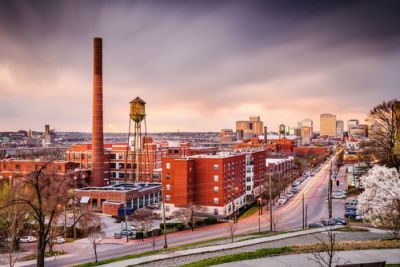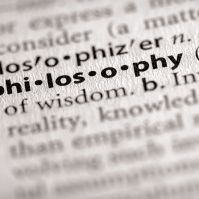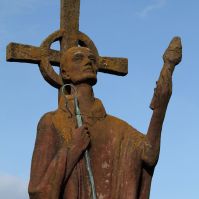 If your guilty pleasure during the summer is “The Bachelorette,” then you know that some of the dates were held in Richmond, VA. It’s estimated that Virginia tourism paid over $500,000 to have an episode filmed there. Virginia might be for lovers, but Richmond is for historians. The capital of Virginia was incorporated in 1742, but its history goes back much further. Captain John Smith explored the area in 1609, but after harassment from the Powhatans he abandoned the settlement.
If your guilty pleasure during the summer is “The Bachelorette,” then you know that some of the dates were held in Richmond, VA. It’s estimated that Virginia tourism paid over $500,000 to have an episode filmed there. Virginia might be for lovers, but Richmond is for historians. The capital of Virginia was incorporated in 1742, but its history goes back much further. Captain John Smith explored the area in 1609, but after harassment from the Powhatans he abandoned the settlement.
Richmond played an important part in the Revolutionary War. Patrick Henry would deliver his famous “Give me Liberty or Give me Death” speech in a local church, which led Virginia down the path for revolution and independence. Samuel Davies, the first non-Anglican preacher in Virginia, ministered and evangelized slaves in the area. Davies would lay the groundwork for the separation of church and state.
Richmond was burned by British troops during the war but recovered quickly. It would emerge as an important manufacturing center for the early United States. The railroad and shipping routes connected Richmond to other cities, making it an economic hub.
During the Civil War, Richmond served as the capital of the Confederate States of America. Keep in mind that Richmond was only 100 miles from Washington, DC, which still served as the capital of the Union forces. The Union army attempted many times to take possession of Richmond during the war, finally doing so on April 3, 1865. The city was almost devastated. Postbellum, it would take almost a decade to rebuild and reemerge as an economic center.
Today, Richmond is home to the United States Court of Appeals for the Fourth Circuit. The law is one of the driving forces of Richmond’s economy. Four of the largest law firms in the United States are based in Richmond. Finance is another key factor in the economy. The Federal Reserve Bank of Richmond is one of 12 Federal Reserve Banks in the country. Many banks, brokerages and international companies have offices in the city.
Richmond has several historic churches. Here are some that you should check out when you’re in the area.
St. John’s Episcopal
St. John’s Episcopal Church was formed of several parishes in the community, the oldest of which is Henrico Parish Church, established in 1611. This church was destroyed in the Indian Massacre of 1622 and never rebuilt. The current church was built in 1741 and is most famous for Henry’s speech. The church-builder was Thomas Jefferson’s great-uncle. The building itself is not magnificent. It’s a simple frame church. Still, it’s a National Historic Landmark with centuries of history. The congregation offers many historic programs and welcomes tourists.
Monumental Church
Robert Mills, the architect who designed the Washington Monument and the White House of the Confederacy, is responsible for this Greek Revival–style former Episcopal Church. It was commissioned in 1811 by Chief Justice John Marshall after a fire killed over 70 people on the site. Construction was finished in 1814. The Marshall family had a pew, as did Edgar Allen Poe. The building is full of symbols that remember the horrible fire. Today, it’s owned by the Historic Richmond Foundation.
Second Presbyterian Church
Stonewall Jackson attended this historic church that was the first Gothic building built in Richmond. The architect was tired of classic Greek architecture. It was completed in 1848. Sadly, the original builders could not include a bell, because of cost overruns. In 1995, as part of its 150th anniversary celebration, a bell was installed. The church is very distinctive Gothic architecture, with four stone pinnacles on the bell tower, brownstone battlements and Gothic ironwork. The ivy that grows around the base of the church was brought back from England, as a gift from Queen Victoria. The windows in the narthex that face Fifth Street have been reconstructed from the original glass that was destroyed during the Civil War.



